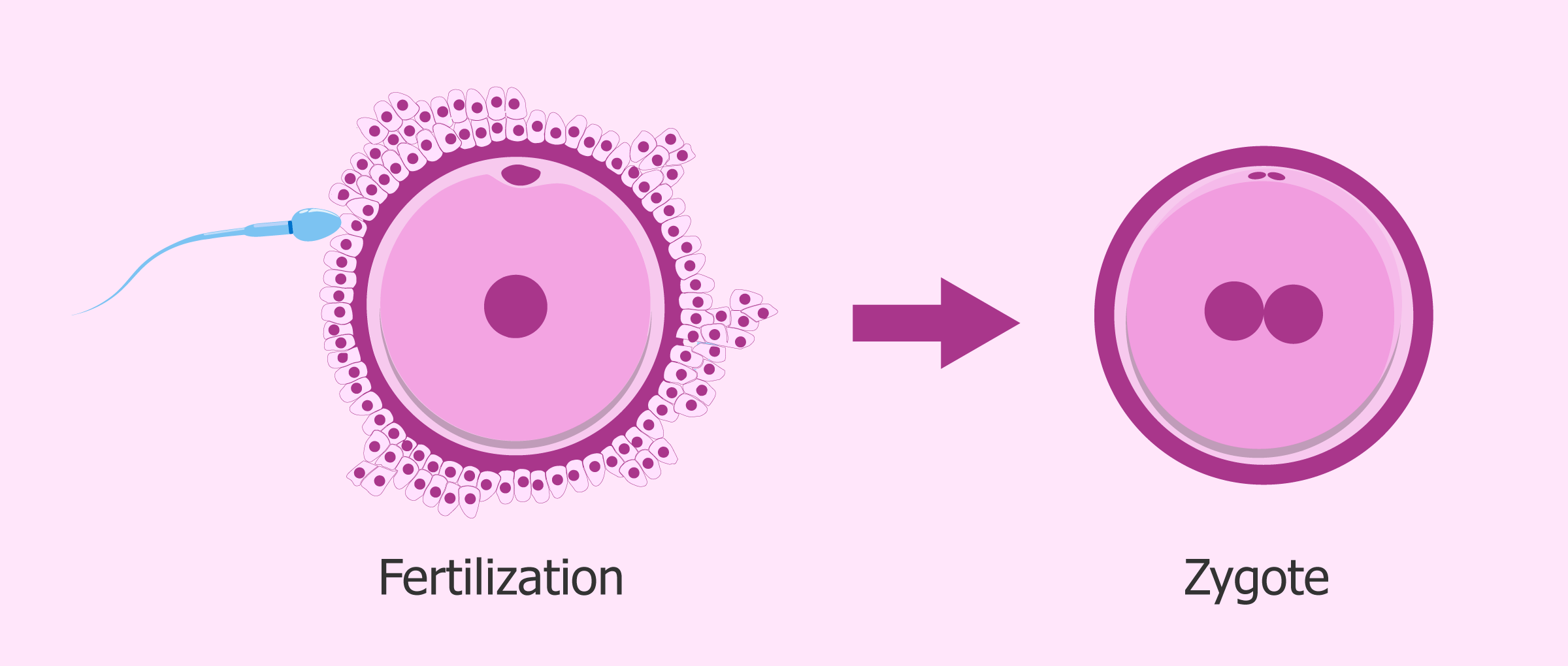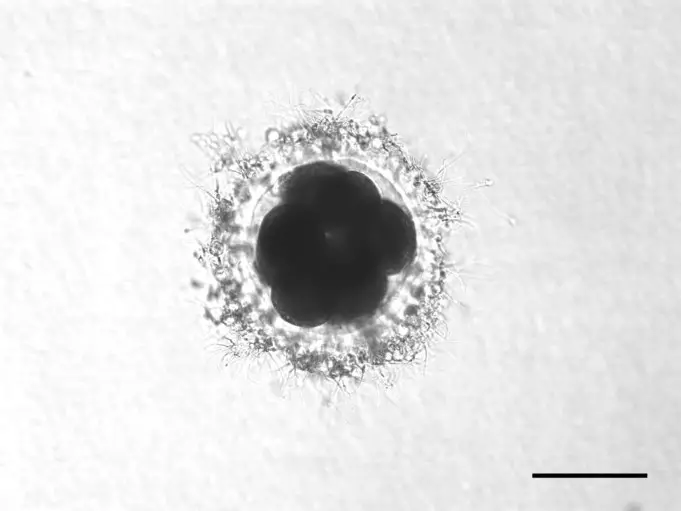The term “Zygote” was gotten from the word “zygotos” which is Greek for “joined or yoked”. A Zygote is as a result of a union of the sperm cell (male gamete) and the egg cell (a female gamete).
The Zygote can also be called a fertilised ovum. The Zygote’s genome is a combination of the DNA of the sperm cell and egg cell. The Zygote carries two sets of chromosomes hence being referred to as ‘diploid’.
The Zygote contains all the genetical code and information necessary to form an offspring. It is the first stage of development in multicellular organisms.
The Zygote starts as a single cell and divides asexually by mitosis following the days of fertilisation. The division of the cells takes two weeks, and The Zygote becomes an embryo and then a foetus.
The first discoveries of The Zygote formation were made by German Zoologists Oscar and Richard Hertwig in the late 19th century.
How Is the Zygote formed?

In the first stage of reproduction, a single sperm cell has to penetrate the egg cell. Usually, a single egg cell is released from the ovaries to the uterus. This happens during the ovulation phase of a female’s monthly cycle.
During sexual intercourse, millions of sperm cells are released, and they attempt to penetrate the single released egg cell. The egg cell surface is porous, but once a sperm cell penetrates the egg cell, there is a chemical change. This chemical change shuts the entire surface of the egg surface, thereby preventing the other sperm cells from entering.
Other processes that allow the formation of the Zygote include:
- Intrauterine insemination (IUI): During this process, the sperm is inserted inside the female’s uterus with the use of a catheter. This is to improve the number and the chances of the sperm to reach the fallopian tube. This method increases the chances of fertilisation.
- Vitro fertilisation: This method of zygote formation involves removing the egg from the ovaries and getting it fertilised in the medical laboratory. The formed Zygote is then implanted back in the uterus.
However, in humans, Zygotes that split into separate cell masses at the early stage of its growth are identical twins. These two masses are genetically identical hence developing into identical embryos.
On the other hand, the fraternal twins develop from two separate zygotes. This happens when two separate egg cells are fertilised by two different sperm cells.
What happens after fertilisation?
The Zygote divides asexually through mitosis, whereby each cell divides into two cells. This stage takes two weeks. It is called the germinal period of development. It covers from the conception time to the time where the embryo is implanted in the uterus.
The egg cell and the sperm cell contain 23 chromosomes each. Every cell contains genetic information from each parent (i.e. the sperm cell and egg cell). Each cell is known as the haploid cell.
This is because each cell contains fifty per cent of the genetic material. When the two haploid cells join, a single diploid cell is formed. The diploid cells contain 46 chromosomes (23 from each parent cells).
After The Zygote has been formed, it travels down to the uterus. It is then implanted to the uterus lining. It will get the nourishment it needs to survive and develop further into the next prenatal development.
However, not all Zygotes make it to the next prenatal development stage. Thirty to seventy per cent of all naturally occurring conception fail. This could be either at the time of implantation to the uterus lining or before.
Duration of the Zygote phase in humans
The Zygote stage is short. It lasts for four days. On the fifth day, the mass of cells forms the Blastomeres. This period approximately lasts for fourteen days. After this stage, the embryonic stage commences.
The embryonic stage (the second stage of development) lasts from two weeks after conception to the eighth week. At this period, the organism is known as the embryo. The foetal stage begins in the ninth week after conception. The organism is known as a foetus until birth.
Zygote stages in other organisms
- Plants: In plants, The Zygote is formed in a chamber referred to as the archegonium. The Zygote divides and develops in this chamber.
- Fungi: The fusion of the haploid cells is referred to as Karyogamy. The fusion that occurs is sexual fusion. This fusion results in the formation of The Zygote or Zygospore. The cell division occurs either by mitosis or meiosis. This depends on the life cycle of the species.
In other species like a Chlamydomonas, The Zygote inherits a chloroplast DNA from both parents. However, this cell type is rare as the Chloroplast DNA is generally gotten from the mt+ mating parent.
In organisms like the amoeba, they reproduce by cell division of the parent cell. The nucleus of the parent cell divides into two, and the cell membrane goes into the cleavage stage. Thus, becoming two ‘daughter’ amoebas.
Sources;
- Zygote – en.wikipedia
- Zygote cell – britannica












